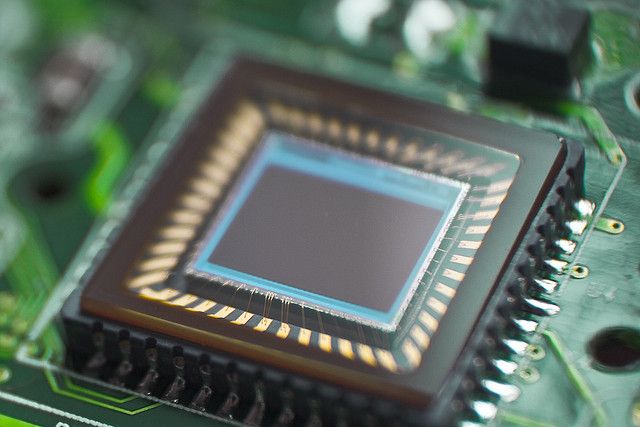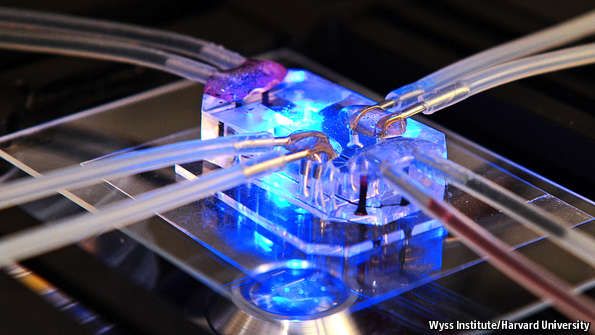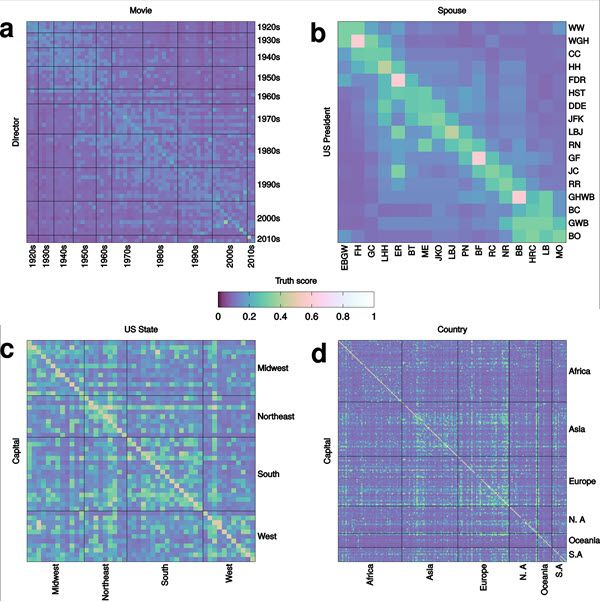I am currently in Europe, talking about humanity’s future via science, technology, and design. Onward transhumanist vision!
Page 11723
Jun 20, 2015
The “dreams” of Google’s AI are equal parts amazing and disturbing
Posted by Scott Davis in category: robotics/AI
“American sci-fi novelist Philip K. Dick once famously asked, Do Androids Dream of Electric Sheep? While he was on the right track, the answer appears to be, no, they don’t. They dream of dog-headed knights atop horses, of camel-birds and pig-snails, and of Dali-esque mutated landscapes.”
Jun 20, 2015
Tissue scaffold technology could help rebuild large organs
Posted by Sean Brazell in category: biotech/medical
If even HALF of all the studies released over the last few years turn out to be complete frauds, it would even still be just as mind blowing to consider the speed at which our species is ascending towards a fundamentally new, self directing, purposeful evolution into something truly magnificent (and/or terrifying, depending on your point of view; OR if you just happen to be Stephen Hawking).
Which is why, as far as I am concerned, it is an HONOR to be alive, aware, and at large in this most pivotal Age of Man.
Jun 20, 2015
What Happens When We Upload Our Minds? — Maddie Stone | Motherboard
Posted by Seb in categories: bioengineering, biotech/medical, neuroscience

“In a sense, all four pillars of the mind-uploading roadmap—mapping the brain’s structure and function, creating the software and hardware to emulate it—are now areas of active research. If we take Koene’s optimistic view, within a decade, we may have the technological capacity to fully map and emulate a very simple brain—say, that of a Drosophila fruit fly, which contains roughly 100 thousand neurons. ”
Jun 19, 2015
A computational algorithm for fact-checking
Posted by Sean Brazell in category: information science
These charts map the “truth scores” of statements related to geography, history and entertainment. Correct statements appear along the diagonal, with color intensity indicating the strength of the score (credit: Giovanni Ciampaglia)
Jun 19, 2015
The sixth mass extinction is here, say Stanford researchers
Posted by Sean Brazell in categories: existential risks, futurism
Jun 19, 2015
Should We Terraform a New Planet Or Fix Our Own?
Posted by Sean Brazell in categories: engineering, environmental
Jun 19, 2015
Buckminster Fuller Institute Launches Online Dymaxion Reading Group for Summer 2015
Posted by Odette Bohr Dienel in categories: education, sustainability
“BFI is thrilled to announce the launch of our web-based Dymaxion Reading Group; participants will discuss text about, by, or related to Buckminster Fuller, facilitated by experts and guests from our network. … We are launching the program with Operating Manual for Spaceship Earth, gathering for discussions online starting the first week in July as part of the ongoing celebration of the anniversary of Bucky’s 120th birthday.
Initially published in 1969, and one of Buckminster Fuller’s most popular works, Operating Manual for Spaceship Earth is a brilliant synthesis of his world view and a great introduction to his ideas. In this volume, Fuller investigates the great challenges facing humanity, and the principles for avoiding extinction and “exercising our option to make it.” How will humanity survive? How does automation influence individualization? How can we utilize our resources more effectively to realize our potential to end poverty in this generation? He questions the concept of specialization, calls for a design revolution of innovation, and offers advice on how to guide “spaceship earth” toward a sustainable future.”
Jun 19, 2015
Towards a body-on-a-chip — The Economist
Posted by Seb in categories: bioengineering, biotech/medical

“What makes organ chips potentially so effective in drug testing is that they create not just the biochemical environment necessary for the cells to thrive but also the physical one…This use of stem cells in organ chips raises the possibility of a device that represents an individual patient—a patient-on-a-chip, if you like. In this case all the tiny organs would be derived from a single person: tests could then be carried out on the device to find what combinations of drugs and dosages work best for that patient.” Read more
Jun 18, 2015
What’s Stopping Us from Building Cities in Space? No, It’s Not Tech.
Posted by Sean Brazell in categories: futurism, space
The US has a plan for Americans to live in space. In 2012, the National Research Council was commissioned by Congress to roadmap the future of human space exploration. Last June, the team published its findings in a massive report, which called for several action steps to be taken immediately. One year later, are we on track?















